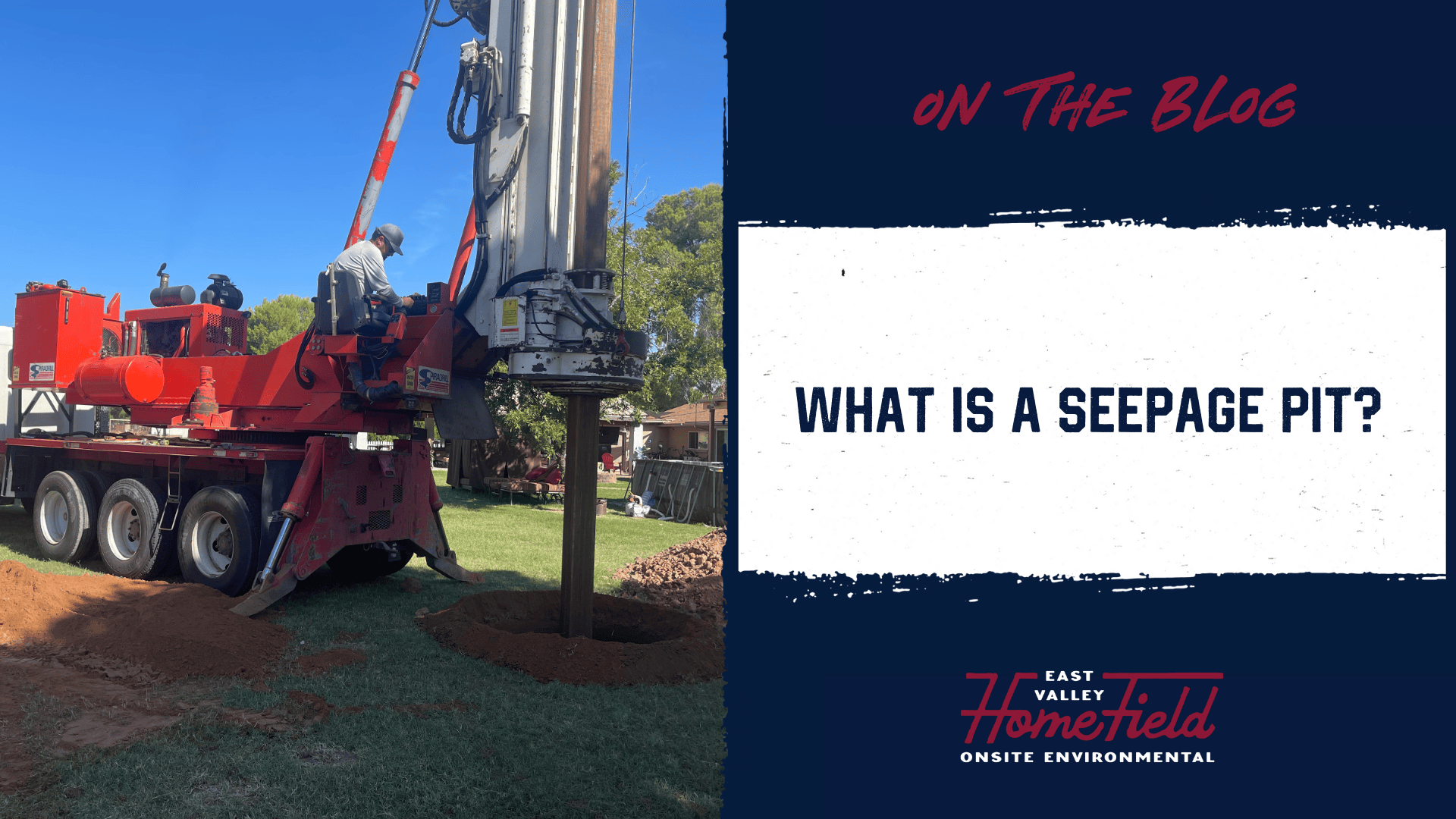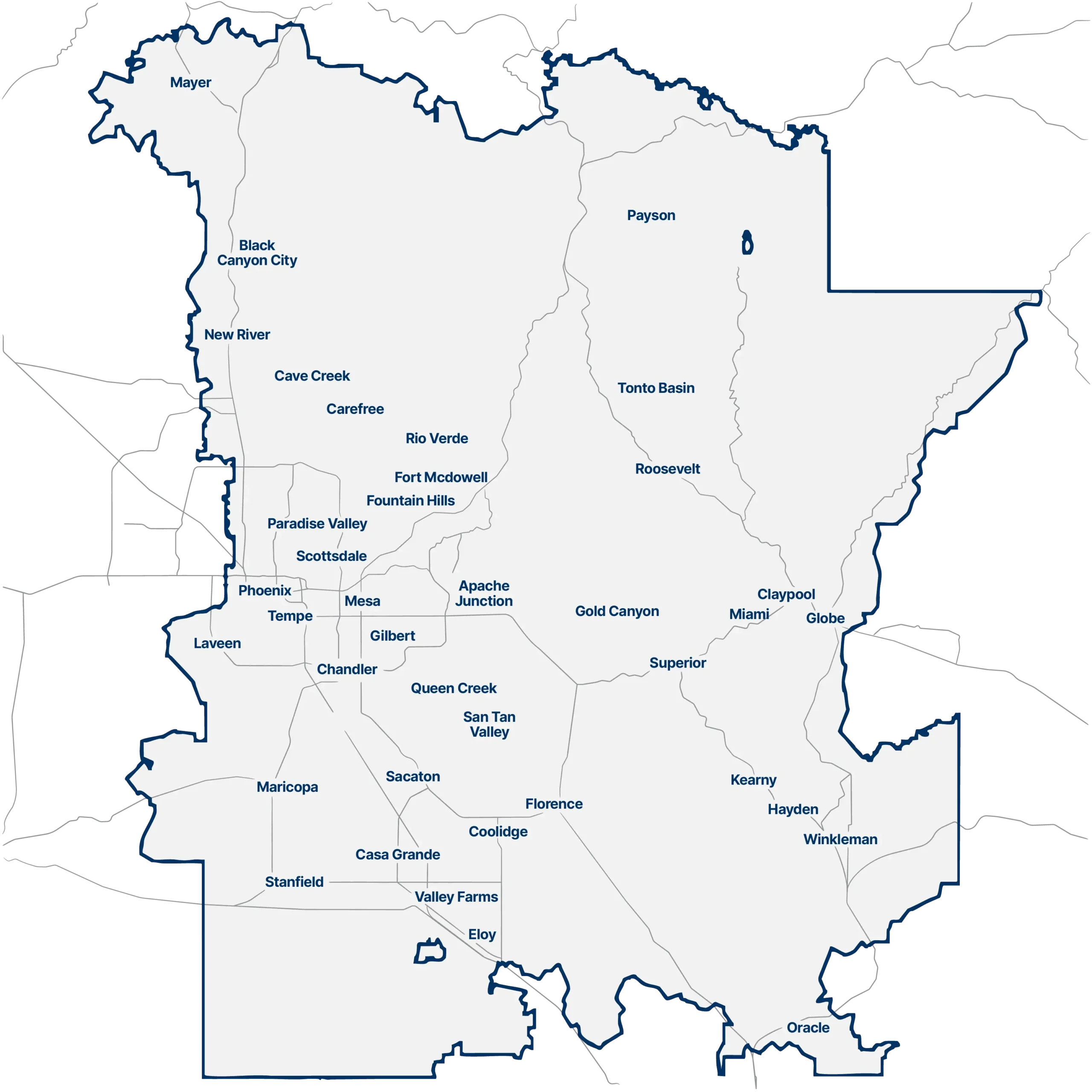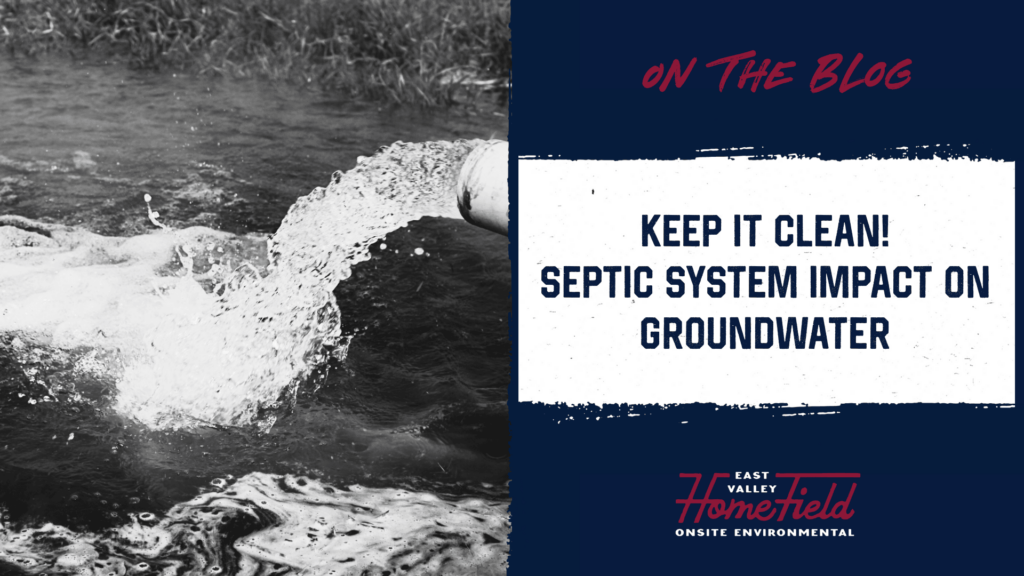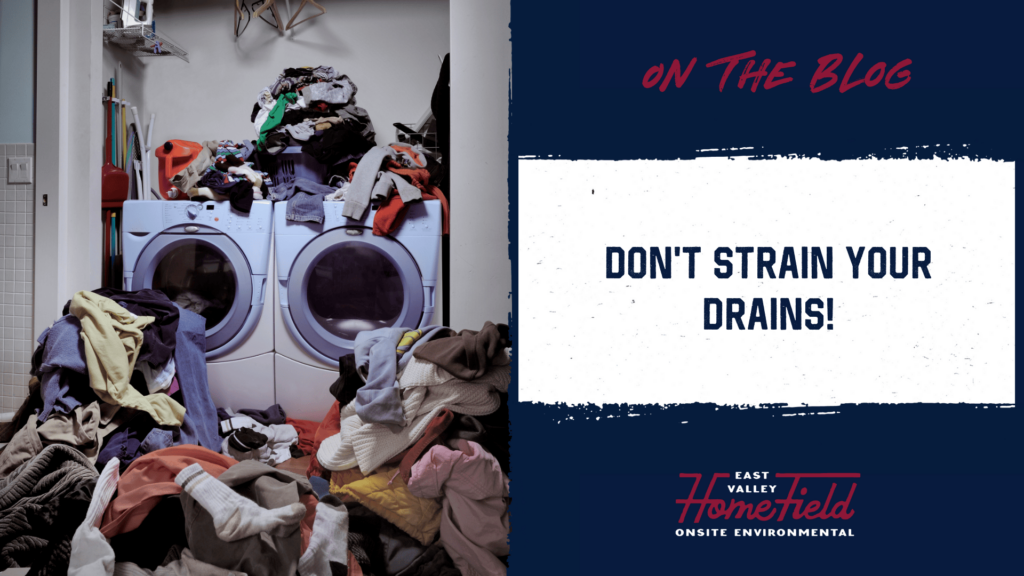
What Is a Seepage Pit?
August 21, 2025
When exploring septic system options, homeowners often hear about leach lines. But in many parts of Arizona, seepage pits are just as common—especially on properties with limited space or challenging soil conditions. While they don’t always get the spotlight, seepage pits play a critical role in wastewater management.
What Is a Seepage Pit?
A seepage pit is a deep, vertical hole designed to receive effluent, or partially treated wastewater, from the septic tank. The goal is simple: allow that wastewater to slowly percolate into the surrounding soil.
To build one, a large drill rig bores a hole between 4 and 6 feet in diameter, sometimes more than 50 feet deep. The pit is then filled with washed aggregate rock and a perforated sewer pipe to help distribute the water.
It connects to the septic tanks outlet via a crossover line. If multiple pits are needed, they’re spaced at least 12 feet apart and linked through a distribution box for balanced flow.
When Are Seepage Pits Used?
Seepage pits are especially useful when yard space is limited. Since they go down instead of out, they don’t take up as much surface area as a traditional leach field. That means more room for landscaping, pools, patios, or driveways.
If your system was installed decades ago and you don’t see a leach field on your property, there’s a good chance you have a seepage pit. The lack of horizontal piping and a single deep access point are often the giveaways.
Types of Seepage Pits
There are a few different designs, depending on the specific needs of the system:
The first is a cylinder made of unmortared hollow-core blocks. These blocks allow water to pass through the sides, and the entire structure is topped with a heavy concrete slab for safety.
Another type is a basic stone-filled dry well. It’s a simple pit filled with various sizes of rock, usually used for managing small volumes of clean water. While inexpensive, it’s not recommended for typical septic use because it can’t handle larger wastewater loads.
The third is built with precast concrete rings. These interlocking rings form a strong vertical structure that keeps debris out and allows effluent to flow freely. Because of their weight and size, they usually require professional equipment to install.
The Installation Process
Every seepage pit install starts with a proper site evaluation. We check the soil type, water table, and available space. Sandy soil, which crumbles easily and absorbs water well, is ideal. Dense or dry gray soil, on the other hand, tends to block drainage and won’t support proper function.
Once the site is approved, we run a seepage performance test. This test tells us how quickly the soil can absorb and treat the water. It’s critical to getting the design right.
After that, we begin excavation near—but not directly on—the test hole. Once drilled, we build out the pit using aggregate rock and perforated pipe. From there, it’s connected back to the septic tank, or to a distribution box if the system includes multiple pits.
Want to see one being constructed? Check this out
How It All Works
Once your tank reaches its operating level, each flush sends effluent into the seepage pit. There, it filters through the rock and into the surrounding soil. The soil naturally treats the water before it ever reaches the water table.
It’s a simple but powerful process. And when everything is designed and maintained properly, it works incredibly well.
Maintaining Your System
Regular maintenance is non-negotiable with seepage pits. If solids enter the pit and clog the rock, the system can fail—and unfortunately, there’s no easy fix. Jetting doesn’t work on seepage pits, and in most cases, the only option is to abandon and replace the entire pit.
That’s why staying on top of tank pumping and inspections is so important. A little prevention can save you from major repairs later.
The seepage pit may not be the most visible part of your system, but it’s one of the most important. If you’re considering a new installation or need to verify that your current system is performing the way it should, HomeField Onsite Environmental is here to help.
We design and install every system with long-term performance in mind. From soil testing to installation and ongoing maintenance, we’ll make sure your system is built right from the ground down.
Heidi
Heidi is the marketing and business development powerhouse at HomeField Onsite Environmental. She’s all about bringing the onsite wastewater world to life with knowledge, humor, and straight-up valuable insights—helping customers make the best decisions for their systems!
Sign Up For Our Newsletter

OUR SERVICE AREA
WE LOVE THE EAST VALLEY
We make the East Valley our home base, and proudly serve the cities and areas on this side of town, including:



